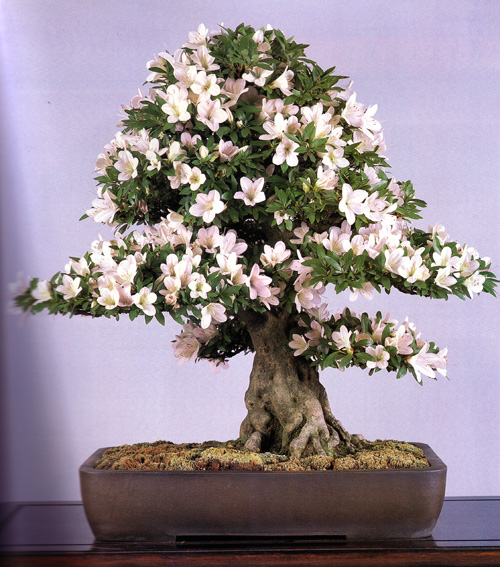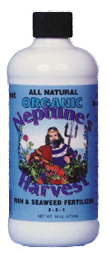
In our last field growing post we mention planting directly into native soil without digging in amendments when you plant. A friend of my points out that she has no native soil; her house and yard were built on fill. In our usage of native soil, we mean whatever soil is already there; in other words, my friend’s fill would be her native soil.
What if your native soil isn’t very good? Too acidic, too alkaline, too something or not enough something else? And how do you know if your native soil is good enough to simply plant as is?
The simple answer is, just look and see what’s growing there. If relatively vigorous plants are already growing in your native soil, then it should be okay for field growing. If not, you might want to consider building raised beds (or hills) with enriched soil.
In my case, even though the soil around my house is quite sandy, plenty of trees and other plants were growing just fine when I moved in five years ago. So my lazy person’s method of enriching by top dressing and fertilizing after I plant, has worked quite well.
In some cases, I just plant directly into the ground (this works because the drainage is excellent). In others I build little 1 t0 3 foot mountain ranges, using both soil from around my land and some fill from outside (also quite sandy) and incorporate bonsai stock into my landscaping.
Before planting I top prune (always top prune when you disturb the roots, especially if you rootprune) and rootprune if needed, and spread the roots and dip them in Roots, a rooting compound in solution, and then plant.
Next, I top dress with partially broken down cedar mulch about two inches deep. I used partially broken down cedar because wood robs nitrogen in the early stages of breaking down and then gives it back to the soil in the final stages of breaking down.
Then, because the plants need help at first and because my soil is very sandy, I top water very regularly (unless it rains). Deep enough for the water to soak well below the roots.
After about a week I start sprinkling mild organic fertilizer granules around each plant, out to about six inches beyond the drip line (this encourages the roots to grow out instead of down). I do this about every two or three weeks until late summer.

Three or four times a season I sprinkle on a diluted mix of fish/seaweed and Dyna-gro 7-9-5. If you have a long growing season (we don’t) then you can do this more than just 3 or 4 times.
In the late summer and early fall it’s important to reduce the amount of nitrogen so energy is directed to the roots and nutrient storage and away from top growth, so I use a more highly diluted mix of fish/seaweed and instead of Dyna-gro 7-9-5, I switch to 3-12-6.
If you have any question or objections, or just want to share your field growing techniques, don’t hesitate to comment.
Planting bonsai in the ground has been a recommended remedy for sickly bonsai by our bonsai members in Columbus, Ohio. The reasons that bonsai in trouble can benefit from a direct field soil planting are the same for improving any bonsai. These benefits include, more even moisture and more even root ball temperatures. Not surprising these same benefits help over-wintered hardy bonsai survive more reliably. The suggestion of looking at existing landscape trees to suggest that bonsai species could do well was a good one.
Yes, I’ve had luck with carefully planting unhealthy bonsai in the ground too. I think a high spot or a little mounding can help, because the last thing you want is a sick tree sitting in a low wet spot.
I find I have the exact opposite problem with my native soil- heavy clay.
Yeah. I think if you have heavy soil with poor drainage it’s best to build raised beds with plenty of light loamy soil mixed in. Both (raised beds and light soil) will improve all-important drainage.